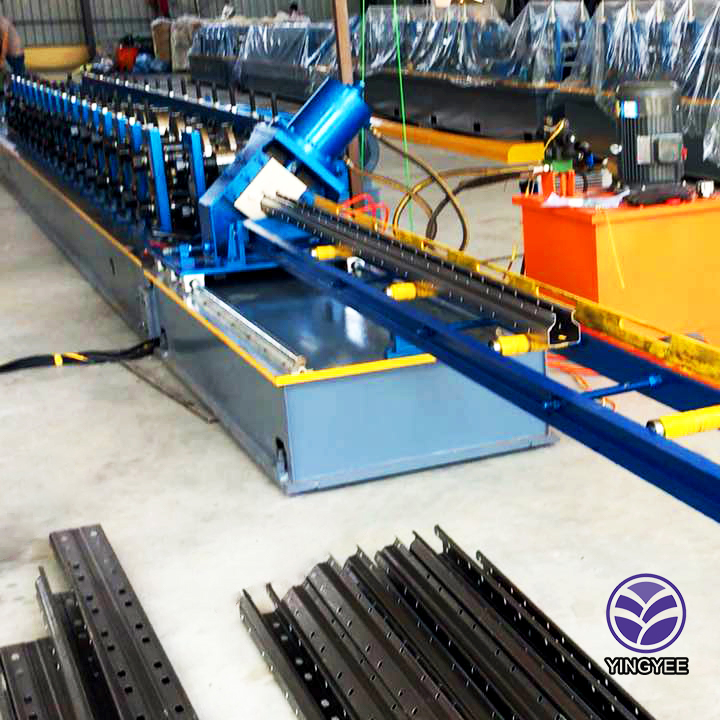
The Role of Roll Forming in Truck Chassis Manufacturing
Truck chassis form the backbone of any commercial vehicle, providing the necessary structure and support for various components, including the engine, transmission, and cargo space. Among the many manufacturing processes employed to produce these vital components, roll forming has gained significant traction due to its efficiency and versatility.
What is Roll Forming?
Roll forming is a continuous bending process that transforms flat metal sheets into specific cross-sectional profiles. The process involves feeding a flat strip of metal through a series of rollers that progressively shape the material into the desired form. The key advantage of roll forming lies in its ability to produce long lengths of uniform product with high precision, making it particularly well-suited for the mass production of truck chassis components.
Benefits of Roll Forming in Truck Chassis Production
1. Material Efficiency One of the most notable advantages of roll forming is its ability to minimize material wastage. The process typically involves the use of high-strength steel, which allows manufacturers to produce sturdy and lightweight chassis without excessive material usage. This reduces costs and aligns with the growing demand for fuel efficiency in trucking.
2. Strain Hardening During the roll forming process, the material undergoes strain hardening, which increases its strength. This is particularly beneficial for truck chassis, which must endure various stresses, including heavy loads and rough terrains. The enhanced strength of roll-formed components contributes to the overall durability and longevity of the vehicle.

3. Customization and Flexibility Roll forming offers remarkable versatility in design. Manufacturers can produce a wide range of chassis profiles tailored to specific applications, from light-duty trucks to heavy-duty vehicles. This customization capability allows truck builders to meet the diverse needs of their customers while maintaining efficient production processes.
4. Cost-Effective Production The continuous nature of the roll forming process means that once the initial setup is complete, production can be extremely rapid. This leads to lower labor costs and reduced lead times. For truck manufacturers, quick turnaround times are essential in meeting market demands and keeping production schedules on track.
5. Consistent Quality Roll forming produces components that often exhibit superior dimensional consistency and surface finish compared to other manufacturing methods. This consistent quality is crucial for ensuring that each component fits perfectly into the overall chassis design, enhancing vehicle reliability and performance.
Challenges and Considerations
While roll forming offers many advantages, manufacturers must also be aware of its challenges. The initial setup costs can be high due to the need for specialized equipment and tooling. Additionally, the process is most cost-effective for large production runs, which may not be suitable for all types of chassis components.
Conclusion
Roll forming represents a transformative approach in the manufacturing of truck chassis, combining efficiency, strength, and customization. As the trucking industry continues to evolve, embracing innovative manufacturing techniques like roll forming will be crucial in meeting the growing demands for performance, safety, and sustainability in commercial vehicles. As manufacturers continue to refine their processes and technologies, roll forming will likely play an increasingly central role in the future of truck chassis production.